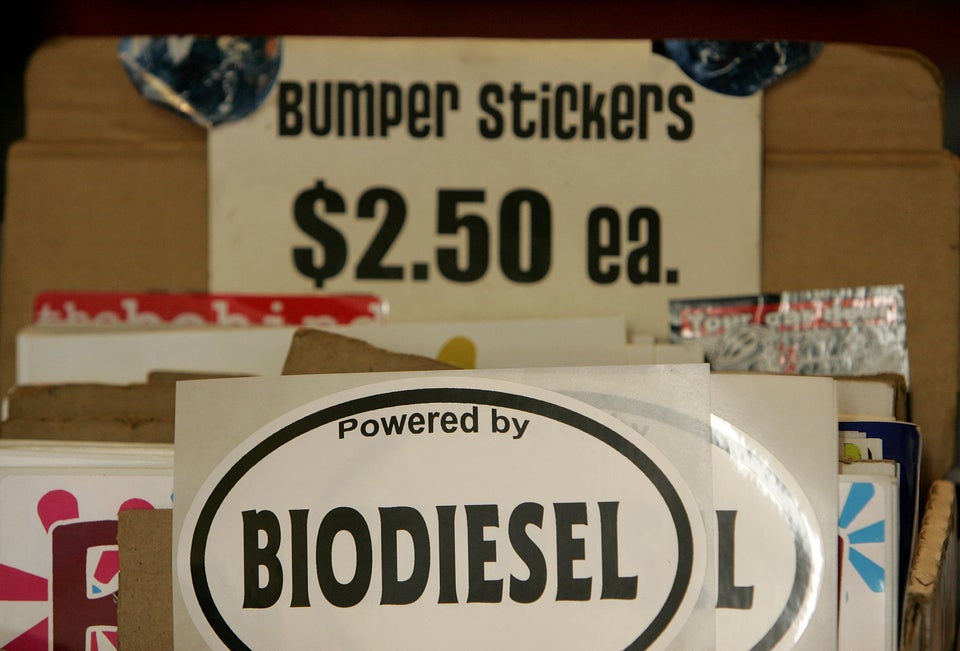
This post originally appeared on LinkedIn Influencers. Follow Shai Agassi on LinkedIn.
Last week, David Brooks used his column in the NY Times to lift the covers on the world of energy. He divides the people working in the energy field into “the anonymous drudges” who create things and the “lavalier-mike conference circuit” with fancy (read: sustainable) ideas who create no jobs. Full disclosure: Mr. Brooks put me in the second category.
His Op-Ed made me wonder. As an avid capitalist, my fundamental belief is that waste is a hidden tax. Energy waste and high energy prices are the worst tax slowing down global growth. In the most fundamental way, we energy engineers are right-wing capitalists working to bring back an era of growth. Growth fueled by energy innovations - pun intended.
More From LinkedIn Influencers:
-- Is Fear Stopping You From Starting A Company?
-- How Busy People Find Time To Think Deeply
Pundits like Brooks are trying to paint this as a zero-sum game between the “energy incumbents” and “energy innovators”. Their claim is that we have reached an energy-abundance fantasy bowl, by grace of fracking. Their subtext: we should stop paying attention to innovative ideas, and focus on the true and tried ways of drilling in every possible direction.
They are simply misinformed. The International Energy Agency projection quoted by Mr. Brooks and many others, about the US overtaking Saudi Arabia in oil production by 2020 is not entirely true. A great article by Chris Nedler explains the mistake the media is making, including the belief that oil as is a single, fungible product. Even worse, with the continuous growth in motorization in China and the rest of the developing countries, demand for oil continues to grow at a faster rate than this temporary supply blip.
We bought ourselves a short grace period, but we should use it intelligently. We should work together, innovators and incumbents, to create and implement a new energy blueprint before the clock sounds the energy midnight bells. When oil barrels will be priced at $150 again, this party will end, and recession will come back.
We have been there as a society before. We grow until we reach our limits – boundaries dictated by energy. Energy shortages drive the price of energy upwards, and as result heavily tax our economy, our goods, our food, even our water.
In the past, we kept hitting those limitations until we invented a new way to harness energy. Hotter fire meant stronger steel and faster trains; oil trumped coal and won wars; cars replaced horses and gave us freedom to roam. Society is in a constant race between energy limitations and energy innovations. Every one of these inventions shifted the world. These inventions changed our daily life, but also the global balance of power.
Every such invention ushered in a new energy era. Each of them was championed by unique energy innovators. The innovators morphed over time from small inventors into the large energy giants of our modern day. Rockefeller became Standard Oil, Edison and Westinghouse morphed into GE and the power utilities, Billy Durant and Henry Ford created the automobile industry and changed the structure of our industrial society.
In the process they created jobs, and immense wealth. They also disrupted industries. Remember the horses and carriage industries, and all those kerosene street vendors? I guess they never believed in the power of innovation. One could say that they had bet on the wrong horses.
So, what was my “pie in the sky” idea? A company called Better Place, which created an infrastructure solution that allowed electric cars to drive with the same convenience as gasoline cars. We installed 40 battery switch stations across Israel and 20 more across Denmark. Those stations allowed electric vehicles to simply switch batteries when drivers ran out of juice but wanted to keep driving. By not asking drivers to buy an expensive battery, and simply paying for the miles they drove, we made electric cars cheaper and more convenient than comparable gasoline sedans. The cost of such network? Less than one week of gasoline in Israel. The same ratio holds true to the US as well.
The result? Israeli drivers already drive millions of electric miles on this system without burning a single drop of imported oil. They are measurably more satisfied than gasoline car drivers, or EV drivers in other countries. In fact, Better Place will sell roughly 1% of the new cars sold this March in Israel, following two months of 0.5% and 0.7%. These sales figures happen despite negligible financial incentives from the Israeli government for EVs. To put that in perspective - while it is an unfair comparison, Toyota took 15 years to reach 1% of global new car sales with the Prius.
I agree with Mr. Brooks that cheap natural gas brings jobs, cost reductions, even cleaner electricity - as we convert power plants from coal to natural gas. The new gas supplies bought us some precious time buffer. We should use the time intelligently to innovate and create a smarter energy blueprint - more integrated, efficient, and sustainable. We need a plan that augments natural gas with renewable sources and reduces. We continue to reduce the cost of wind and solar down to competitive levels. We need to accelerate the infrastructure and scale that will bring to broader adoption of electric cars in order to reduce and one day eliminate oil imports.
We need a plan that doesn’t look at energy and innovation as an either-or option, as Mr. Brooks suggests. I believe this is the decade of “all-of the-above”, followed by an efficient new plan - one that will usher in the era of Energy Innovation.
Or to use Chevron’s own words: “It is time for oil companies to get behind renewable energy.”
